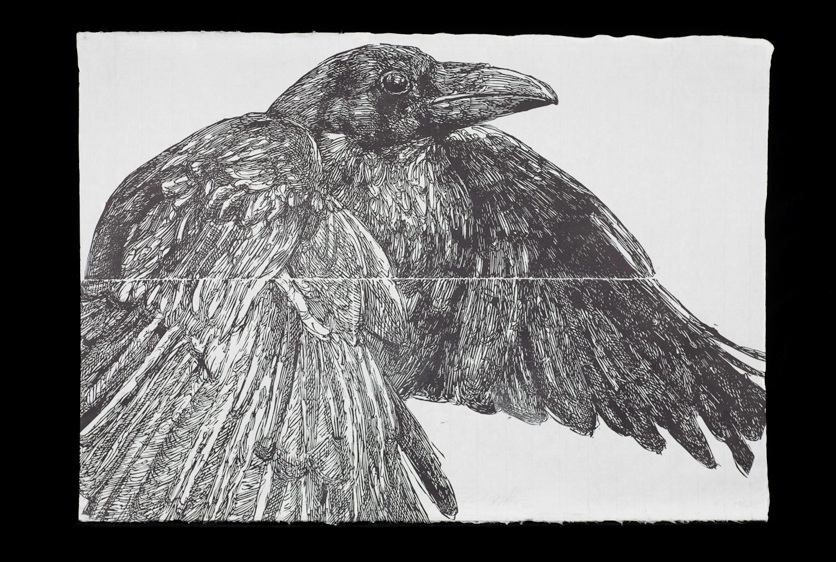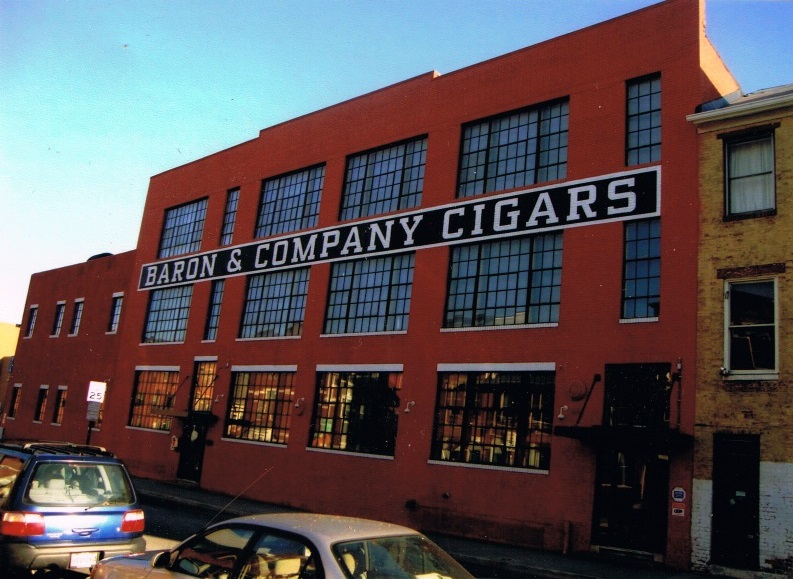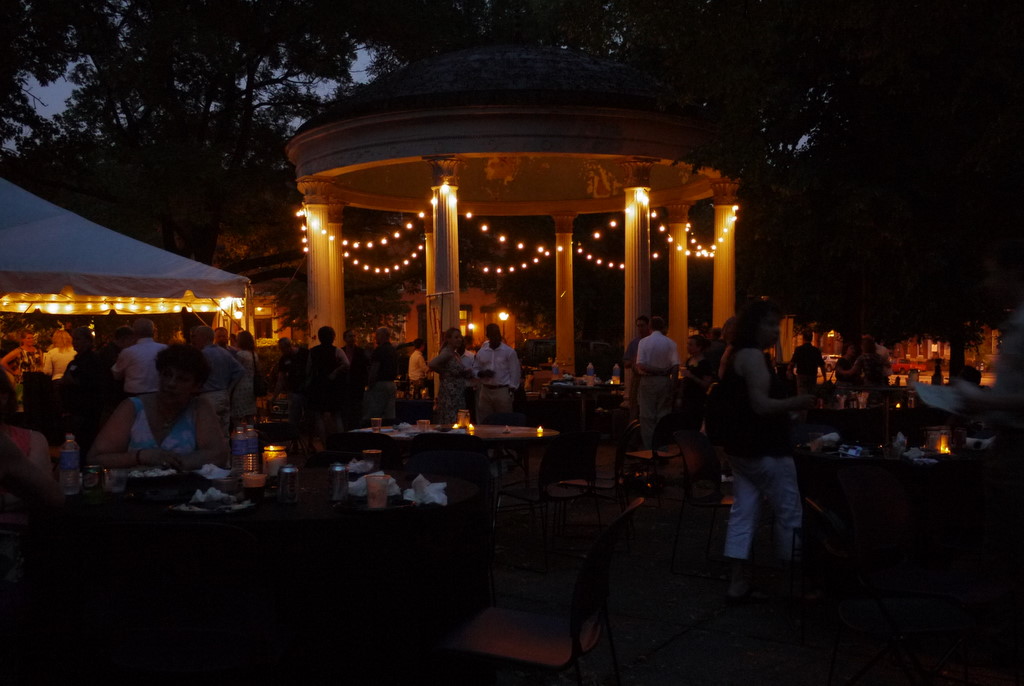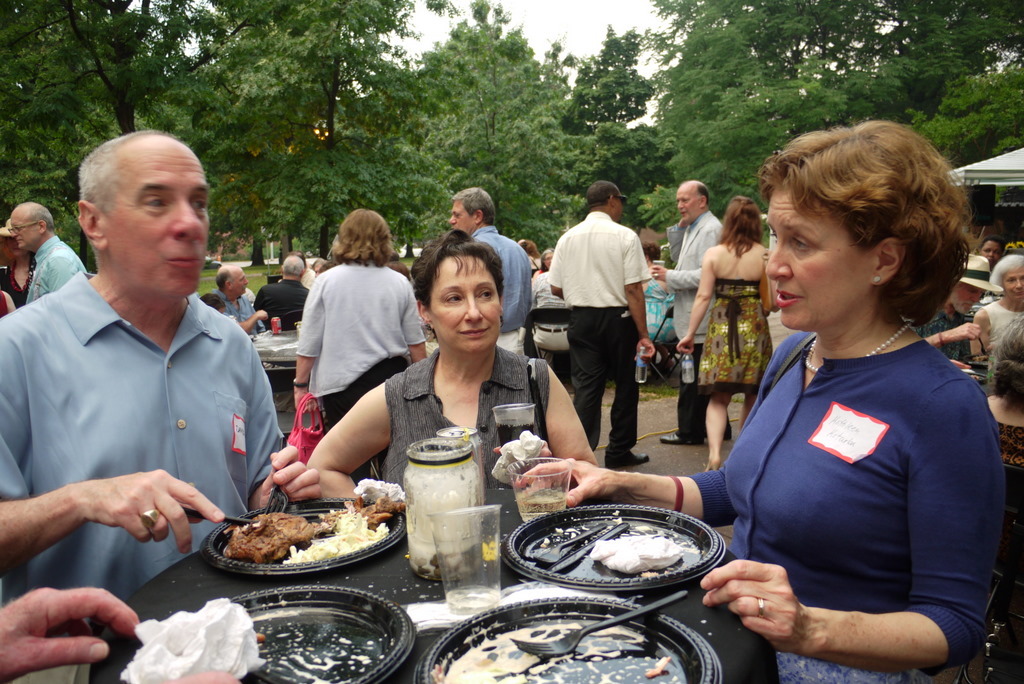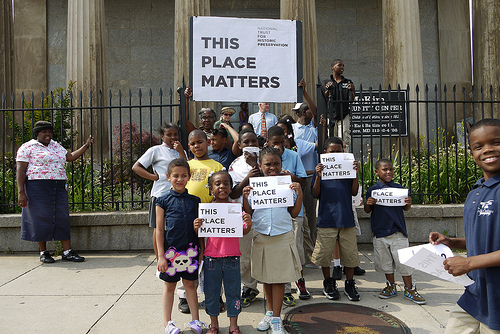
Today’s tour announcement of the McKim Free School and Old Quaker Meeting House is especially important as it comes with an opportunity for you to help win $25,000 for the restoration of the McKim Free School through the This Place Matters Community Challenge organized by the National Trust for Historic Preservation. Last year, we nominated the Baltimore Hebrew Orphan Asylum and came in 9th nationally. This year we aim to win!
The 1833 McKim Free School is a rare treasure– a Baltimore landmark with deep roots in the city’s history and a long record of education and social service, including nearly 70 years as home to the McKim Center that provides youth and community services to the Jonestown neighborhood. Unfortunately, the McKim Free School building has a leaky roof in urgent need of repair and cracked masonry requiring a major restoration. Please take two minutes to vote for the McKim Free School and help preserve this piece of Baltimore’s history.
Old Quaker Meeting House and McKim Free School
1201 East Fayette Street, 21202
Monday, June 27 | 5:30pm to 7:30pm
$15/members, $20 for non-members (including refreshments)
Our tour will include both the Old Quaker Meeting House and the McKim Free School. We’ll meet at the Old Quaker Meeting House. On street, metered parking is available on Aisquith and Baltimore Streets.
RSVP for the tour today!
The McKim Free School was built in 1833 from the generous gift of John McKim. McKim had made a fortune in Baltimore as a merchant in the early 1800s, and during the War of 1812 gave the City of Baltimore $50,000 for its defense. McKim, a Quaker who was a member of the neighboring Friends Meeting House (the other building on this tour) served as a state senator and was twice elected to Congress. John and his son William McKim established the McKim Free School to help the city’s youth regardless of religion. They hired two notable architects for its design, William Howard, the son of Baltimore’s Revolutionary War Hero John Eager Howard, and William Small, who designed the Archbishop’s residence on Charles Street among other buildings. The Greek Revival building, perhaps the best example of this style of architecture in Baltimore, is modeled after the Temple of Hephaestus in Athens, Greece.
The Old Quaker Meeting House actually predates the McKim building by over 50 years. Built in 1781, it is the oldest religious building in Baltimore. In its day, Quaker luminaries such as Elisha Tyson, Joseph Townsend, and Johns Hopkins (the philanthropist) worshipped here, and the Friends School of Baltimore has its origins here. Both the Meeting House and the School building are used by the McKim Center, a youth and community services group that has operated out of them for over 70 years. We are thrilled to have three great guides for this tour: Kathleen Kotarba, Executive Director of the Commission for Historical and Architectural Preservation, architect Bruce Manger with Hord Coplan Macht, and McKim Center Executive Director Dwight Warren. Please join us as we explore the 175 year history of these buildings and look at a few of the challenges that they currently face.

